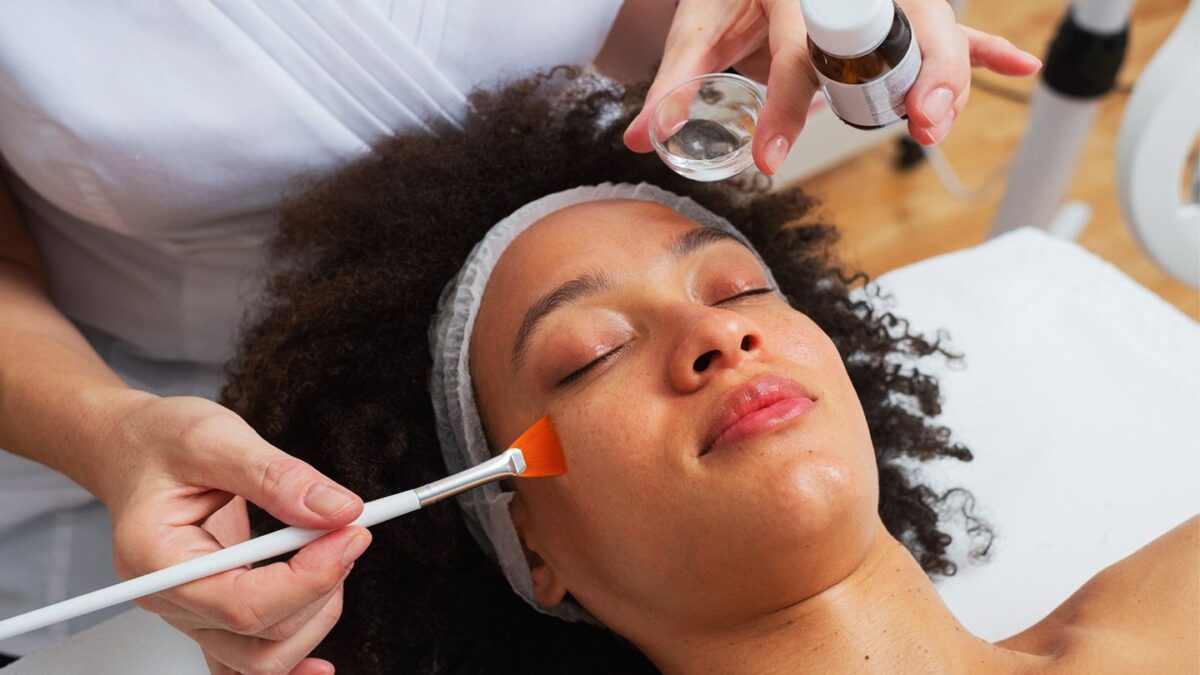
What Can Affect the Frequency of Chemical Peels
Certain factors may determine how frequently one should seek a chemical peel treatment. The condition and type of skin also affect how often it is viable to get the treatment; persons with sensitive skin would require appointments for the exposure to be set much farther apart than individuals with solid skin would be able to handle.
The type of skin problems you want to solve, for example, acne, discoloration, or wrinkles, will dictate how frequent the treatment is. For instance, anyone wanting treatment for an acne scar may need several treatments before results are obtained.
However, several factors can influence the frequency of the peels, such as the general skin care regimen and lifestyle, such as sun exposure and other abrasive skin products.
Frequency Based on Peel Type
Different chemical peels will require different time intervals for the next appointment, which is crucial. The superficial peels that do not penetrate deeply and are only aimed at the epidermis layer of skin can be done after 4 to 6 weeks. These peels are ideal for routine treatments and to help invigorate the skin and remove dead skin cells.
Medium peels penetrate deeper layers of the skin but take more time to heal, and the treatments should be done 3 to 6 months apart. These peels are for when you are willing to deal with a little more of the skin problems, such as deeper folds or darker patches.
Deep peels, which give the most drastic change and the heaviest healing time, should be given every several years at best. They are generally used in severe skin conditions because they affect the deeper layers of the skin.
Signs It’s Time for Another Chemical Peel
There are sure signs that tell that it is the right time for another chemical peel. If the skin becomes dry and wrinkled or a lack of smoothness and uneven skin tone appears again, then it will be helpful to try another treatment.
Besides, if you have been using a proper skincare regimen and your skin is no longer glowing and as soft as before, it may be the right time to book your next peel. It is also wise to consult a dermatologist, who will advise on the best time to adopt, depending on the skin’s condition.
Risks of Overdoing Chemical Peels
Despite chemical peels’ advantages, it is best to take them easy and not overdo them. This can be highly damaging to your skin because it removes your skin’s protective layer, leaving it vulnerable to acne, excess oil production, dryness, and skin sensitivity.
It can also result in exposure to the sun since by peeling often, the skin becomes thinner for some time. If not correctly done, it can even weaken the skin barrier and cause more problems in the future, such as skin recurring redness and inflammation.
This is why one should follow the above-recommended frequency and always listen to the skin as it produces signals.
How to Maintain Results Between Peels
After the peel, the results may diminish unless care is taken to give your skin a proper TLC between the sessions. Daily use of sunscreen with SPF not lower than 30 is recommended as skin’s sensitivity to the sun increases after a peel.
Use mild cleaners and proper moisturizers to retain skin moisture and minimize the use of scrubs that may cause skin lesions.
It also matters that you use products with antioxidants, such as vitamin C serums, that will help to lock in the outcomes of your chemical peel by shielding your skin from environmental aggression.
Last, there is nothing wrong with using a retinoid or glycolic acid product during the days between treatments for constant, renewed skin.
- Tags:
- chemical peel
